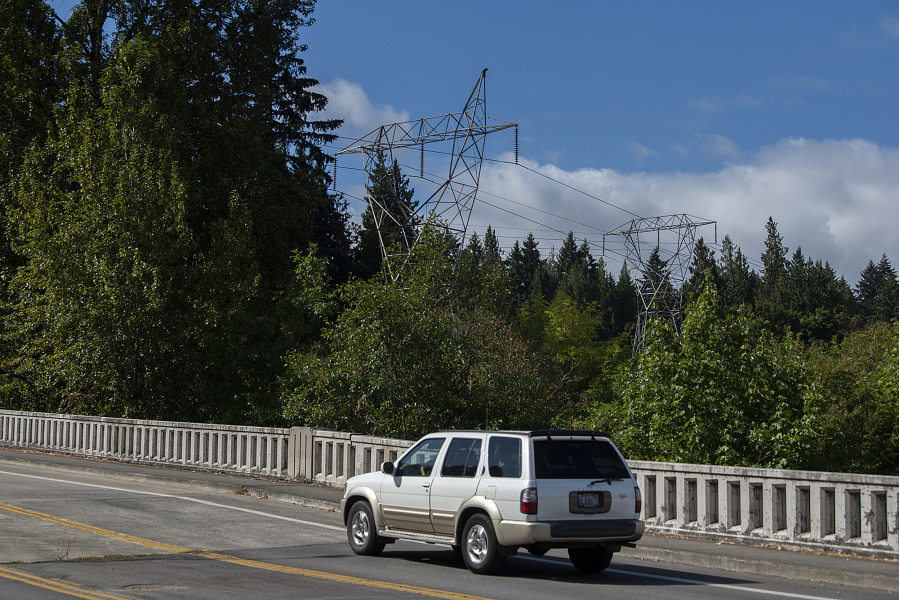Just after 8 o’clock on a recent Saturday evening, nearly 19,000 people in central Vancouver lost power. It was little more than a blip — the lights came back on in a matter of seconds — but it was technically an accidental outage, and there was a very specific cause: A single stray balloon.
“It hit a transmission line — that’s why it affected so many people,” said Dameon Pesanti, media specialist at Clark Public Utilities.
The impact in this case was minor, Pesanti said, but the incident highlights just how much havoc that even one balloon can unleash if it lands in the wrong place. Balloon incidents are a common problem for many municipal power providers, and 2021 has been among the worst balloon incident years on record at Clark Public Utilities.
Conductivity
The balloon was floating near Northeast 86th Avenue when it made contact with one of the heavy-duty power transmission lines that run west into Vancouver along the 18th Street corridor, Pesanti said.
The balloon in question was a Mylar balloon — the type of balloons with a silver foil exterior, often emblazoned with birthday or holiday greetings. That shiny material includes a thin layer of aluminum, which unfortunately makes them highly conductive.
“Even if they just get near a high-voltage line — they don’t necessarily have to touch it — they can cause an arc,” Pesanti said.
If a Mylar balloon comes too close to a power line or a pole-mounted transformer, the result can be an abrupt and surprisingly large electrical explosion, as illustrated by numerous YouTube videos of the phenomenon.
Conventional rubber balloons don’t have the same conductivity, but they also can become hazardous if they’re outfitted with metallic ribbons or streamers.
“Whatever the outcome is, universally, it’s not good,” Pesanti said.
The level of damage inflicted on the power grid depends on where the balloon lands, Pesanti said. In the worst cases, the explosion can melt power lines, requiring crews to restring a section, or it can blow out fuses that will then need to be replaced.
In some cases, the power surge just trips a breaker, causing it to automatically interrupt the power flow for a couple of seconds to let the spike die down. That’s what happened in Vancouver on Aug. 21; the surge tripped a breaker at a substation in the Fourth Plain Village neighborhood about three miles west of the balloon strike, which caused the power blip in most of the area in between.
Recurring problem
Balloon strikes aren’t the most frequent source of damage to Clark Public Utilities infrastructure — that honor goes to downed tree limbs, which are responsible for about half of all power outages in the region — but they’re a relatively regular occurrence.
The utility has recorded at least one balloon strike every year since at least 2014, Pesanti said, with a recent record of 11 incidents in 2018. Last year saw just one local balloon strike, but 2021 is on track to be one of the bad years.
The Aug. 21 balloon strike was the eighth so far this year for Clark Public Utilities, and it’s not even the most recent — another incident this past Saturday impacted 83 customers in the Minnehaha area. That one took about an hour to repair, Pesanti said.
The low number of incidents last year and the high rate this year could be a reflection of the impact of the COVID-19 pandemic, Pesanti speculated, with more families able to have birthday parties and graduation celebrations this time around.
Whatever the reason, Pesanti said, the solution isn’t for residents to stop celebrating or buying balloons — they just need to remember to make sure the balloons stay securely connected to weights or tied down to stationary objects, and to deflate and dispose of them after the party ends.
“We would really appreciate it if people enjoyed them responsibly,” he said.




